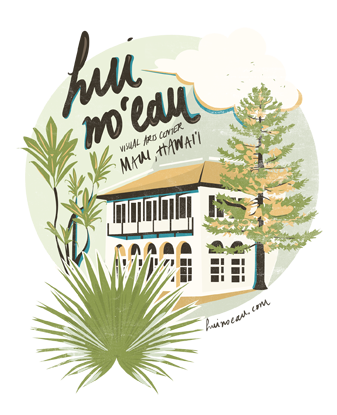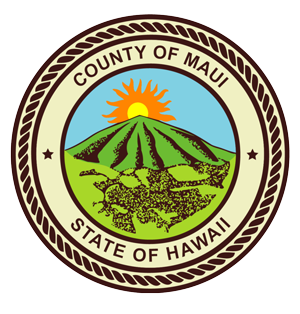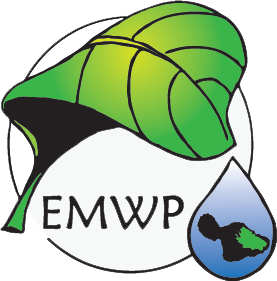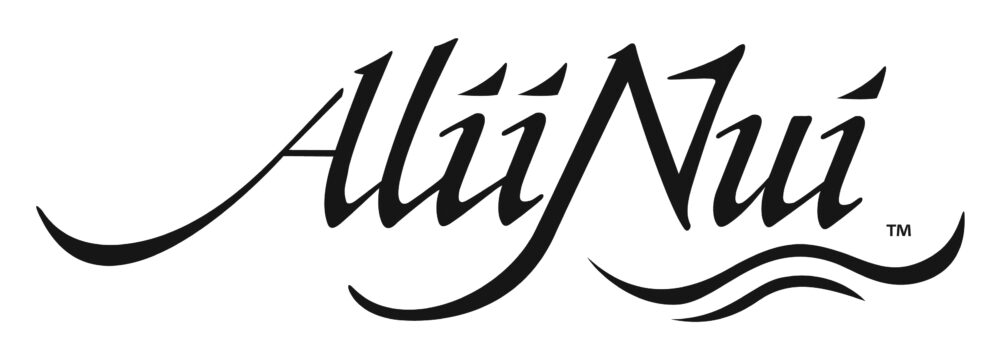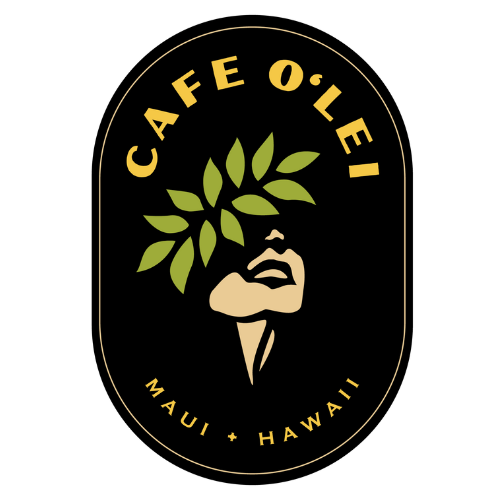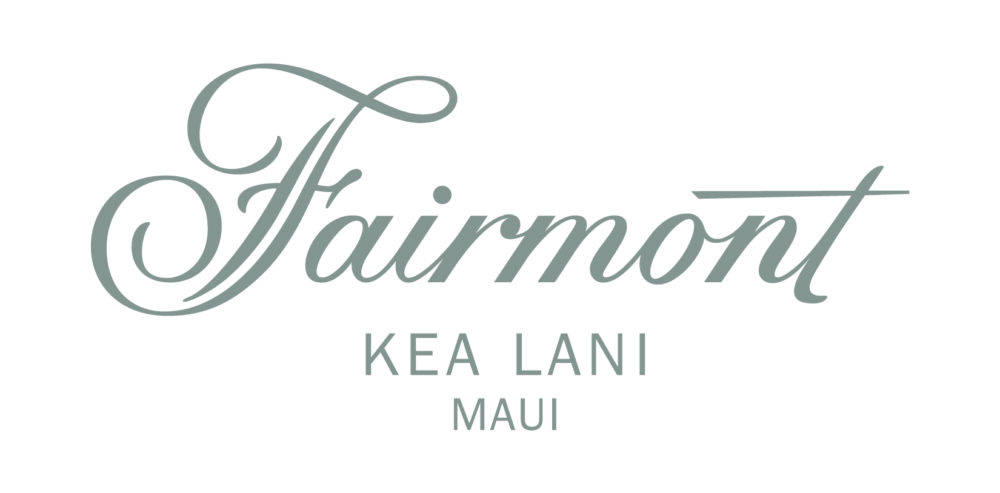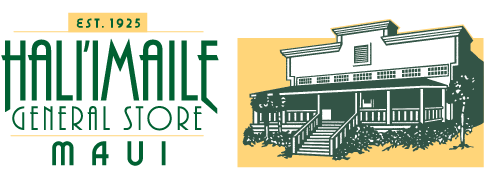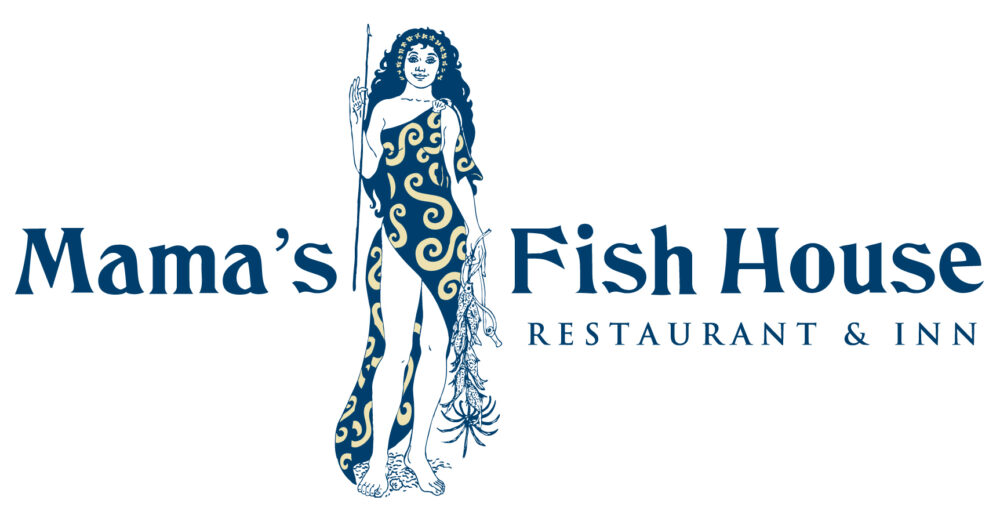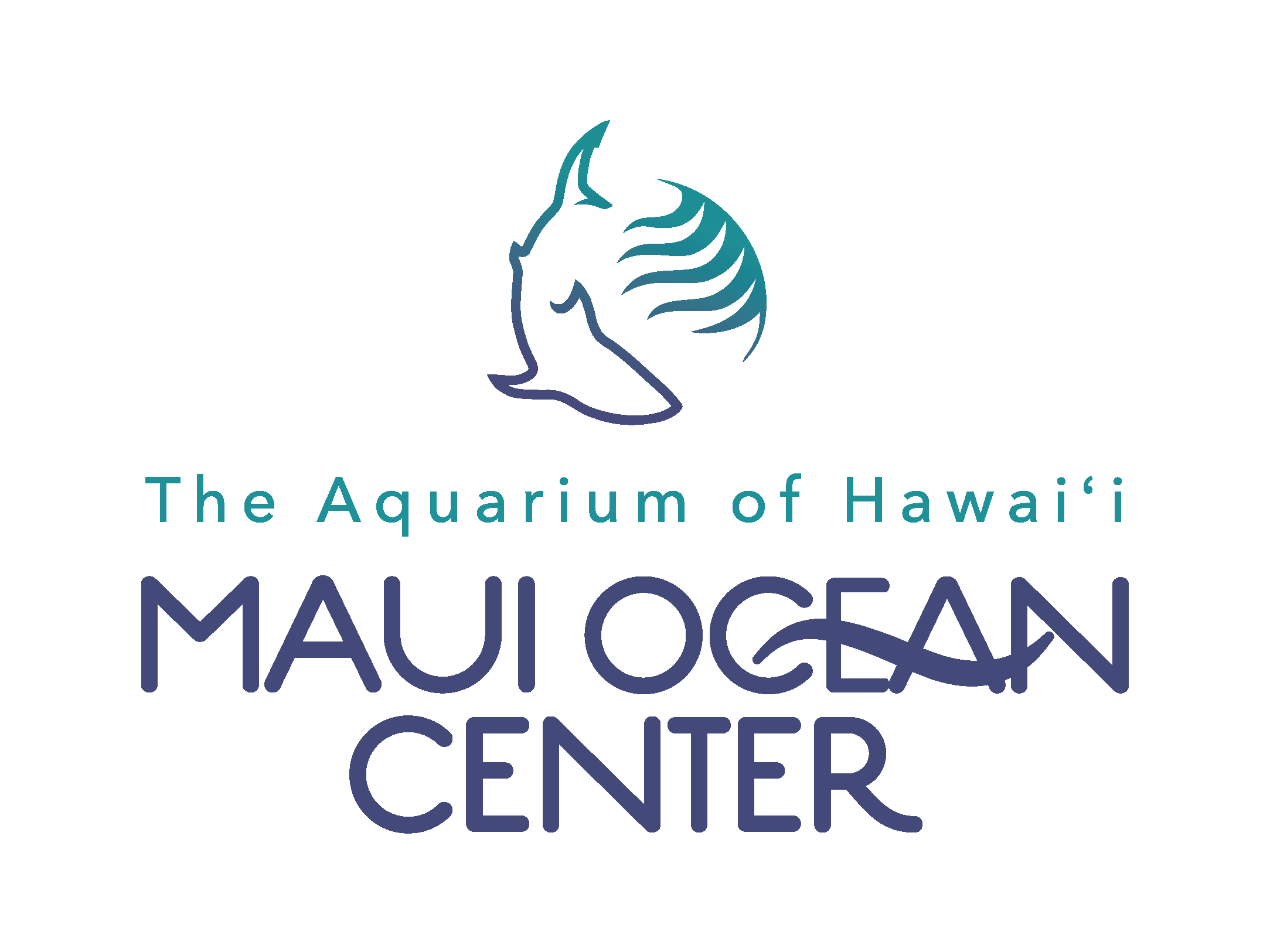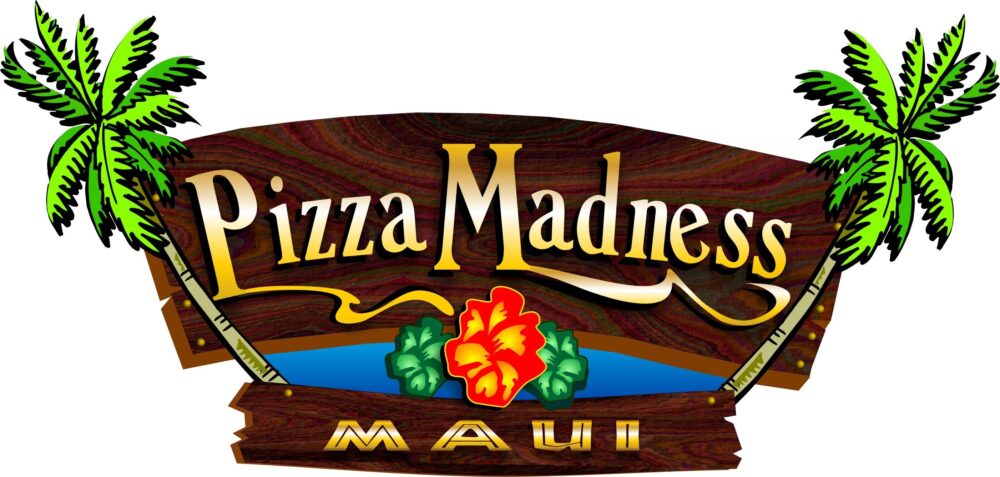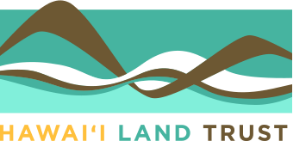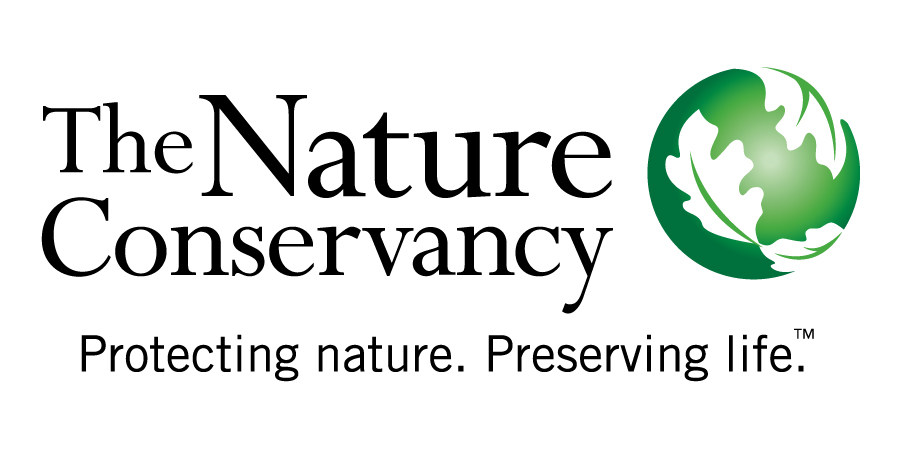Artist Resources
Native or Not?
Simply put, a native species is any creature that got to the Hawaiian Islands without the help of humans. They did this in one of three ways: by Wind, by floating over the ocean Waves, or by flying over using Wings (or being stuck on a bird’s feathers). We call these the three W’s.
If you are unsure about the origins of your subject, contact us with the name/s of the species or detailed photos by email pr@eastmauiwatershed.org or phone (808)268-1475 and we’ll help you out. Please allow up to two days for a response. You can also do some research on your own, via the internet, or your local library.
You may also visit the Frequently Asked Questions page with answers to some of the most common exhibit inquiries.
Where to go for Inspiration
Places to go
Many popular hikes on Maui are actually altered habitats with little or no native wildlife. Come on a hike with us and travel back in time to a place filled with the plants, birds, and insects that make Maui unique.
Visit our News and Events page for detailed information on 2024 Artists Huaka’i and scheduled artist hikes led by EMWP.
Other places you can hike to that have interpretive information and native species.
Haleakalā National Park
Hawaiʻi Nature Center
Kealia and Kanaha Ponds
Maui Nui Botanical Gardens
Maui Ocean Center
Nā Ala Hele
Wailea Oceanfront Boardwalk -This paved pathway has plantings of native species along the ocean side of the path from in front of the Fairmont Kea Lani to the Four Seasons Resort. Park at Polo Beach park.
Books
Try your local bookstore and look in the Hawaiiana or Natural History sections. Below are some exceptional books with great pictures and interpretive text. You can also reference them to see if your subject is native to Maui Nui.

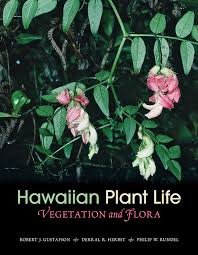
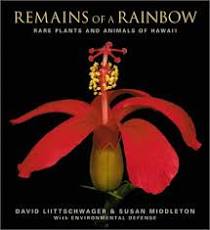
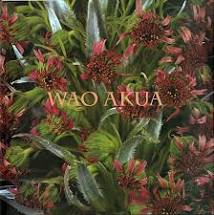
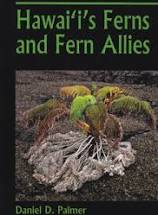


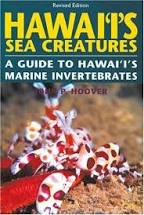
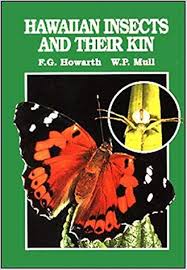
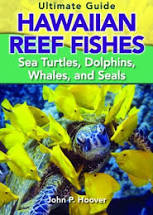
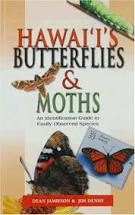
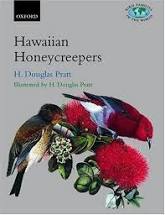
Sites to Surf
These websites serve as a good place to check that the natural range of your native species is native to Kaho’olawe, Lana’i, Maui or Molokai’i.
Flickr Groups: Hawaii Plant ID & Hawaii Insect ID
Get help identifying Hawai’i native plants or insects by posting an image and wait for someone to help identify it. Please use this as a guide and reconfirm with a reliable source.
Follow reputable organization’s Facebook and Instagram accounts or use a hashtag search to find images of specific species.
Plant Websites:
Maui Nui Botanical Gardens Facebook Page
Explore their ‘Hawaiian Plant of the Day’ photo albums to find a plant native or endemic to Maui Nui.
Bishop Museum: Plants of Hawaiʻi
Information and identification for the flora of Hawaiʻi. Includes native, naturalized and cultivated flowering plants.
Native Hawaiian Plant Society
Learn about native plants, and volunteer for service trips.
Starr Environmental
Over 3,000 images of plants found in Hawaiʻi. Not all are native so be sure to check on the page if it is listed as native or not.
NTBG Tropical Plant Database
Search plants from Hawaiʻi to find images, geographic distribution and images of herbarium specimens.
CTAHR Hawaiian Native Plant Database
Searchable database put together by the University of HI, Manoa.
Native Nursery
A plant nursery in Kula that sells native and Polynesian introduced plants. Website has pictures, and you may be able to ask for a tour.
Jupiter Nielsen’s Photos
Artists and photographer’s collection of native Hawaiian plant photography.
Bird Websites:
Maui Forest Bird Recovery Project
Information and photos on Maui’s native forest birds
Birds of a Feather
An article with pictures of native Hawaiian birds
Jack Jeffrey’s Photos
Brilliant photographs by this wildlife biologist and photographer, along with tips how to photograph them!
Mike Neal’s Photos
Artist and photographer’s collection of native bird photos and more.
Maui Nui Seabird Recovery Project
Pictures and information on native seabirds.
Pueo Project
Explore tips on how to identify the native owl vs. the introduced barn owl, plus pictures and resources.
Marine Websites:
John Hoover
A site that has marine life guides and books and lists some various marine species that may not be in current copies of his books.
Sea Slugs of Hawaiʻi
Comprehensive site of Hawaiian sea slugs-gastopod mollusks including nudibranches and their relatives.
Marine Life Photography
A great all around website for all things marine with photos and some descriptors.
Insect Websites:
University of Hawaiʻi Insect Museum
In process of having a fully searchable database with images and interactive maps.
The Hawaiian Entomological Society
A great resource to help you ID insects. They also have a Facebook Group one can join for more information.
Online Kids Painting Instruction:
Let’s Paint There:
Join artist Maggie T Sutrov and her online YouTube painting instruction that includes many native species and habitats for each grade level.
YouTube Videos/Channels:
Below are video channels that cover conservation topics throughout the pacific from cultural perspectives to action taking place. Be mindful that not all topics relate to Maui Nui and may not be appropriate for this exhibit.
The Nature Conservancy of Hawaiʻi
Hawaii Department of Land and Natural Resources
Tips for Teachers
Are you thinking of getting your class involved in this year’s Mālama Wao Akua art contest? We hope so!
Here are some tips that might help! Remember, there is a $5 entry fee for all entries in the keiki division. Not all artwork entered will be selected for the exhibition. This is a CONTEST.
- Consider having a contest within your class or school first, then enter the winning pieces from your contest to compete with the entries from other schools and individuals.
- Invite EMWP to come as a guest speaker. We will give a presentation about Hawaiian rainforest ecology or what it means to enter this exhibit. Time: 30-60 minutes (flexible). Presentations are also available in an online format.
- Check to make sure your students’ entries qualify.
Native birds, insects, plants or landscape of native species of Maui are OK. Coral reef species OK too. Polynesian introductions and other non-native species are NOT OK. - Have each student fill out an online entry form once available, make sure entries are display ready. Have students input teacher and school information to group all individual student entries together OR teachers can fill out the Teacher Online Entry form to submit all the students work together themselves.
